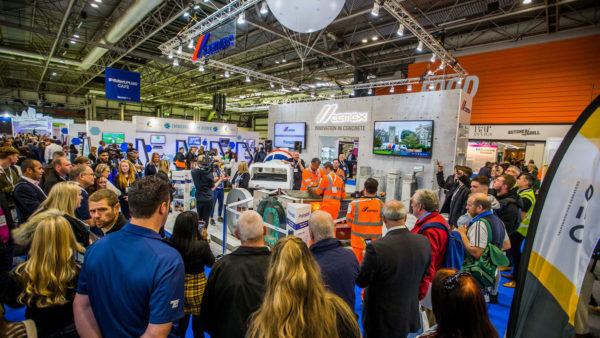
The British government is setting up a new body to oversee the construction of up to eight new nuclear reactors. It also plans to invest heavily in offshore wind power and accelerating investment in heat pump manufacturing.
The news came as the Department for Business, Energy and Industrial Strategy unveiled its British Energy Security Strategy.
In response to spiralling energy prices caused by the pandemic and Russia’s war in Ukraine, the government has promised a more rapid expansion of nuclear energy in particular.
The energy mix
As a result, its strategy sets out an “ambition” for up to 24GW of nuclear power, which would represent around 25% of the country’s projected electricity demand. The plan would involve the construction of up to eight more nuclear reactors on existing sites. However, the planned 24GW would not come on stream until 2050.
Meanwhile, the government is setting up a new body called Great British Nuclear to bring forward new projects. And the £120m Future Nuclear Enabling Fund will launch this month.
And it said Small Modular Reactors, based on submarine reactor technology, would form part of the nuclear project pipeline. However, this is “subject to technology readiness from industry”.
Other plans include:
- An “ambition” for 50GW of offshore wind by 2030, which would be more than enough to power every home in the UK. Up to 5GW of capacity will be generated from turbines floating in deeper seas. Planning reforms aim to cut approval times for new offshore wind farms for four years to one year.
- The government has scaled back plans for onshore wind, amid opposition within the Conservative party. The government will consult on partnerships for a “limited number” of schemes in “supportive communities”.
- A Heat Pump Investment Accelerator Competition worth up to £30m aims to accelerate British heat pump manufacturing.
- Looking at ways to increase the UK’s 15GW solar capacity, which could grow by up to five times by 2035. Plans for solar farms have met local opposition so far but the government said it is consulting on rules for solar projects, particularly on domestic and commercial rooftops.
- An ambition to double hydrogen production capacity up to 10GW by 2030.
The strategy does not offer any new policies on insulating existing buildings.
Record energy price highs
Business and energy secretary, Kwasi Kwarteng, said: “We have seen record high gas prices around the world. We need to protect ourselves from price spikes in the future by accelerating our move towards cleaner, cheaper, home-grown energy.
“The simple truth is that the more cheap, clean power we generate within our borders, the less exposed we will be to eye watering fossil fuel prices set by global markets we can’t control.
“Scaling up cheap renewables and new nuclear, while maximising North Sea production, is the best and only way to ensure our energy independence over the coming years.”
Comments
Comments are closed.











Dear Editor
As far as I can see, there is no reference in the Strategy to generation of electricity by using tidal power.
Unlike solar and wind power, tidal power is not weather dependent, indeed this power source is quite the opposite – constant and available ad infinitum.
so why is there nothing in the Strategy about tidal power?